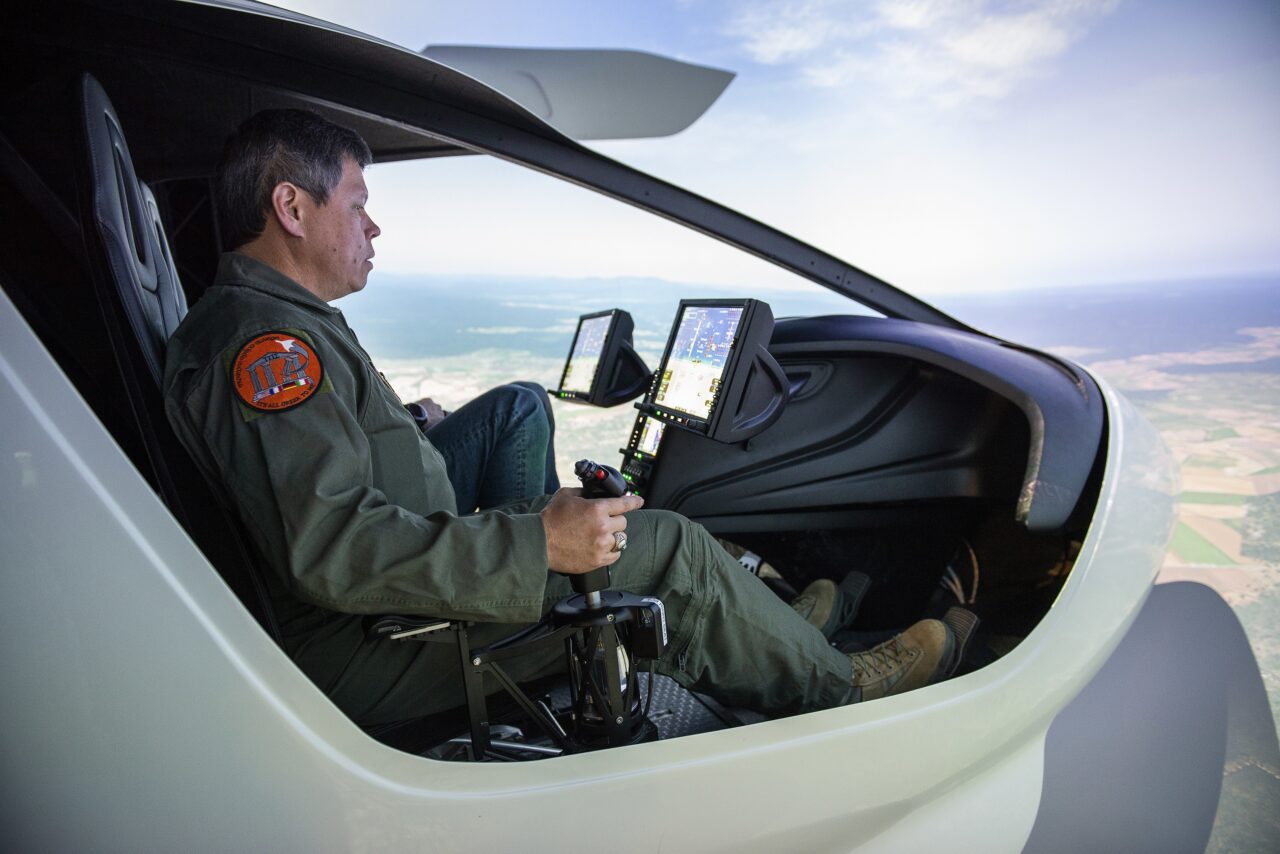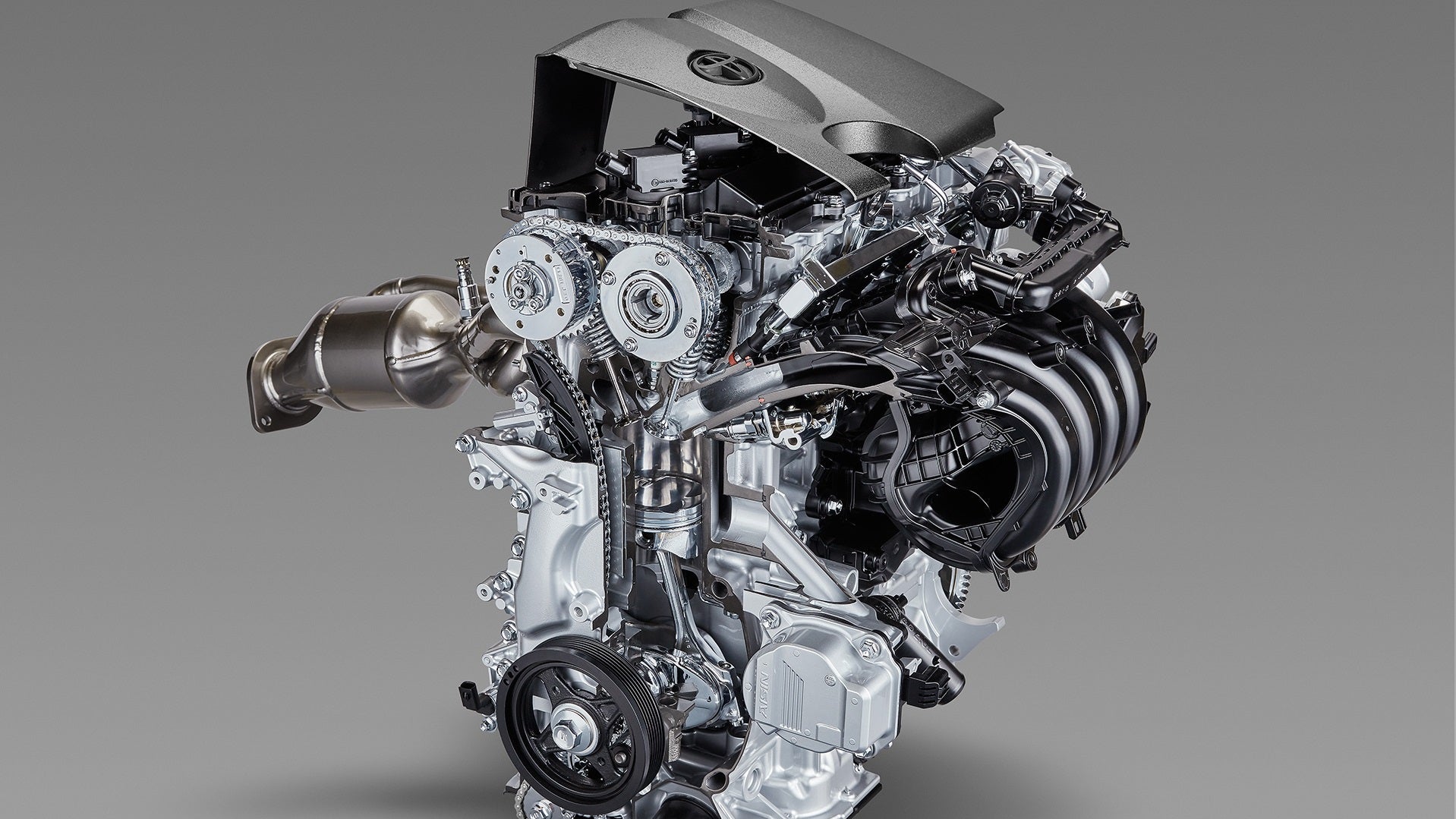Hi
This has been perhaps mentioned or discussed in the course of this very, very interesting discussion:
EFFICIENCY
Let us put aside the theoretical considerations of a "perfect" Internal Combustion Engine such as the fabled Carnot Engine. The ICE in any car or truck or boat or Generator or ... , has an efficiency which would be at best, 30%... You put this ICE in a vehicle and the efficiency of the vehicle, that is the ratio of energy in the tank to energy available to move the vehicle falls to 20% if you are extraordinarily lucky. The rest is wasted, in unusable heat... That is the current reality of the V-12 Ferrari or of the Prius when it is on ICE.
We are thus consuming a
finite resources, and wasting 80% of it... Let put aside global warning for a few seconds aside, it is difficult to accept this as rational.
On the other hand, an electric motor can very easily approach 70% efficiency in most of its power output range. Even outside that range it hovers around 50%...
On top of that it is perfectly possible to use Solar Energy that should be available for at least Five more billions of years ... At the present (2023) solar panels efficiency is a bit low, less than 25%... It should hit 40% in the next five years... It is entirely possible, actually many are doing it, to have a car and "fill it up" with .. the sun rays.... in most part of the World.
To me that is compelling. The rest of the discussion is clouded with politics and ingrained thoughts. Yes, we had ICE. It changed the world. Petrol has a outsized on Geopolitics. English people would talk about James Watt, the French may remember Denis Papin .. Whomever made the first ICE ... it has been part of our progress, brought us the modernity we all are enjoying. The time has come for a different type of engine. Sustainability may mandate it.
ICE may continue to exist for other purposes among these Electricity Generation

, but EV... IMHO, just make more sense.
Peace.





